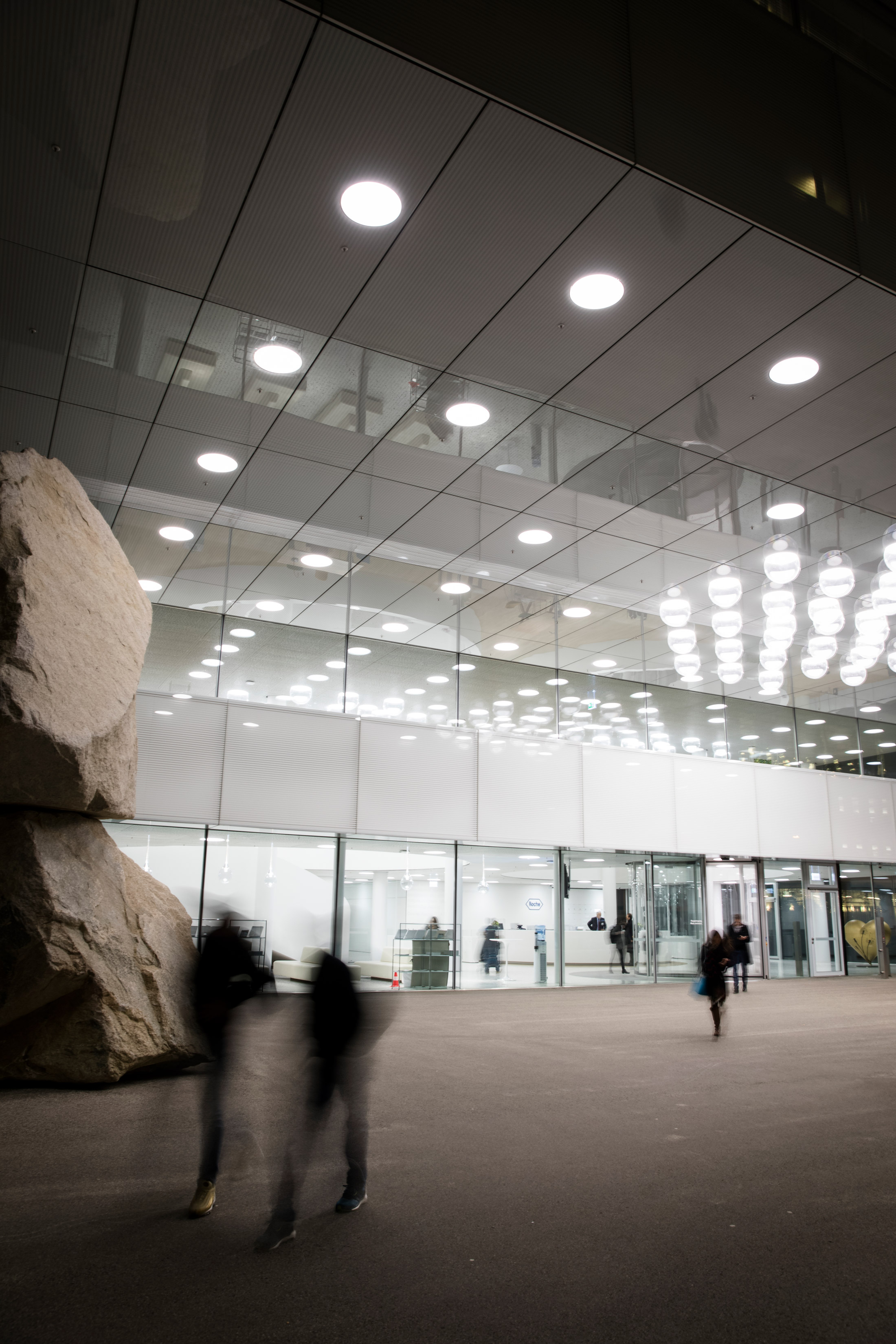
Night-time experience
Lighting creates a visual perception that turns the viewer into a participant, who is guided across the site.
I sense light as the giver of all presences, and material as spent Light. What is made by Light casts a shadow, and the shadow belongs to light.Louis Kahn - Architect
Create an effective use of lighting to achieve a unified and cohesive design, which cares for security and safety and creates a sensible expression of the site, avoiding artificial effects.
Do
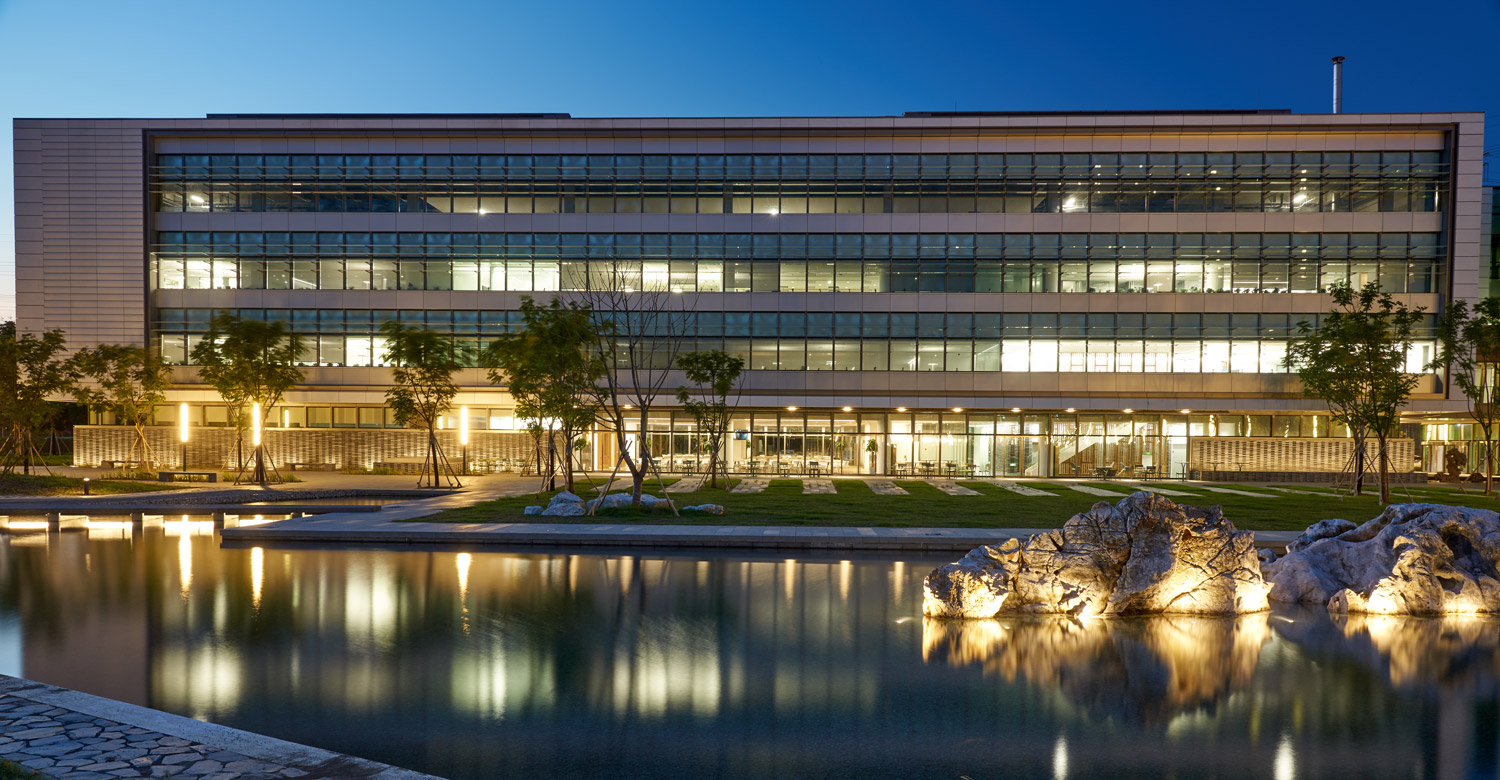
Use uniform light colour for consistency.
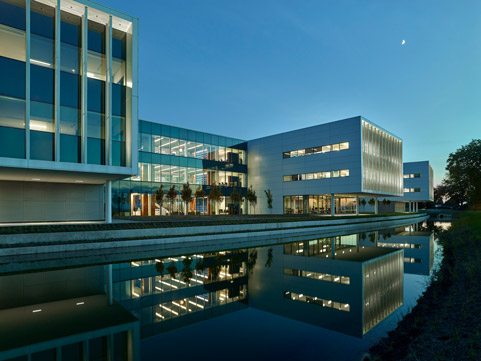
Create appropriate levels of lighting to achieve a balanced night-time experience.
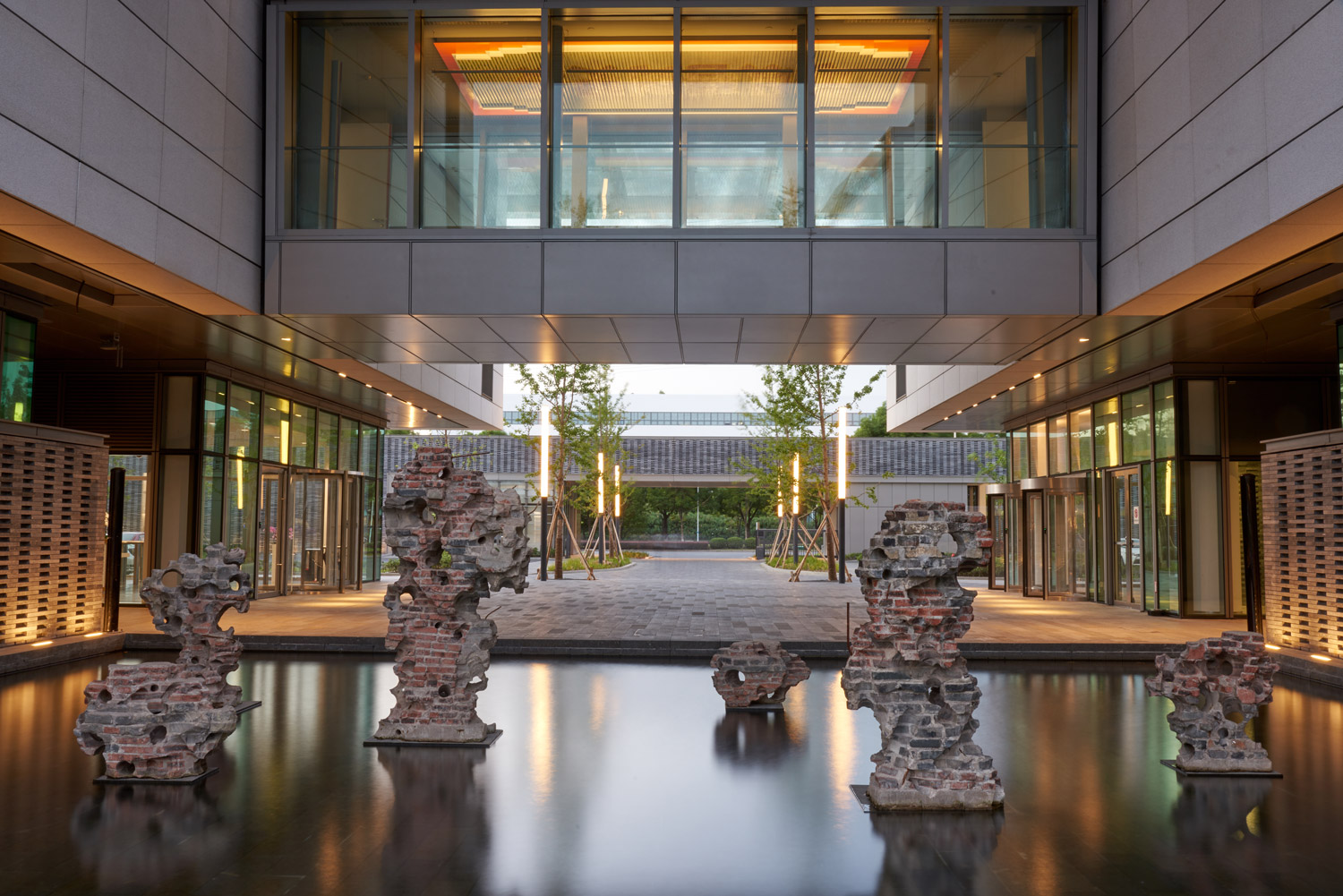
Choose light fixtures from a series or design familiy which respond to the character of each space.
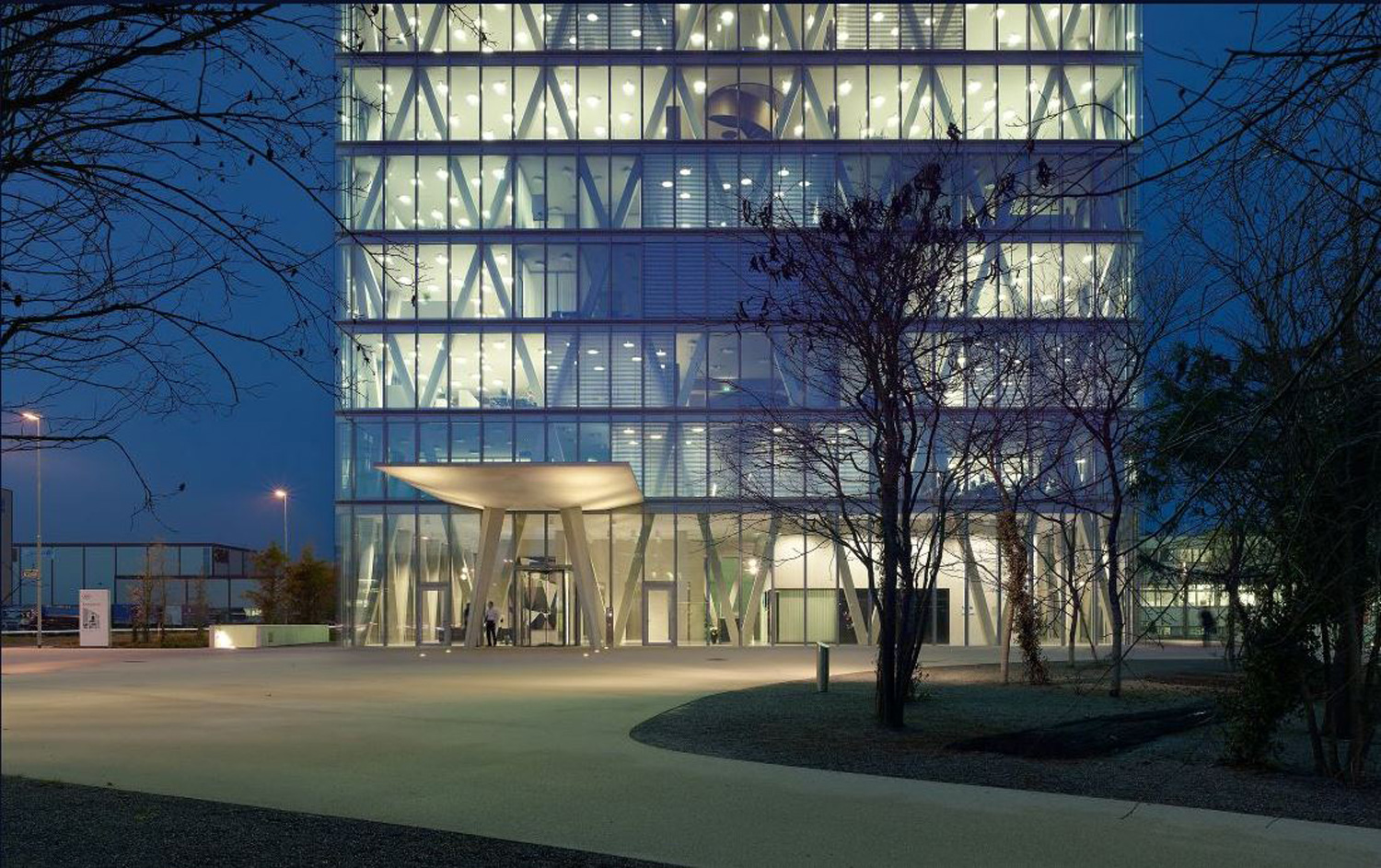
Establishing focal points and connecting them helps to guide the viewer across the site.
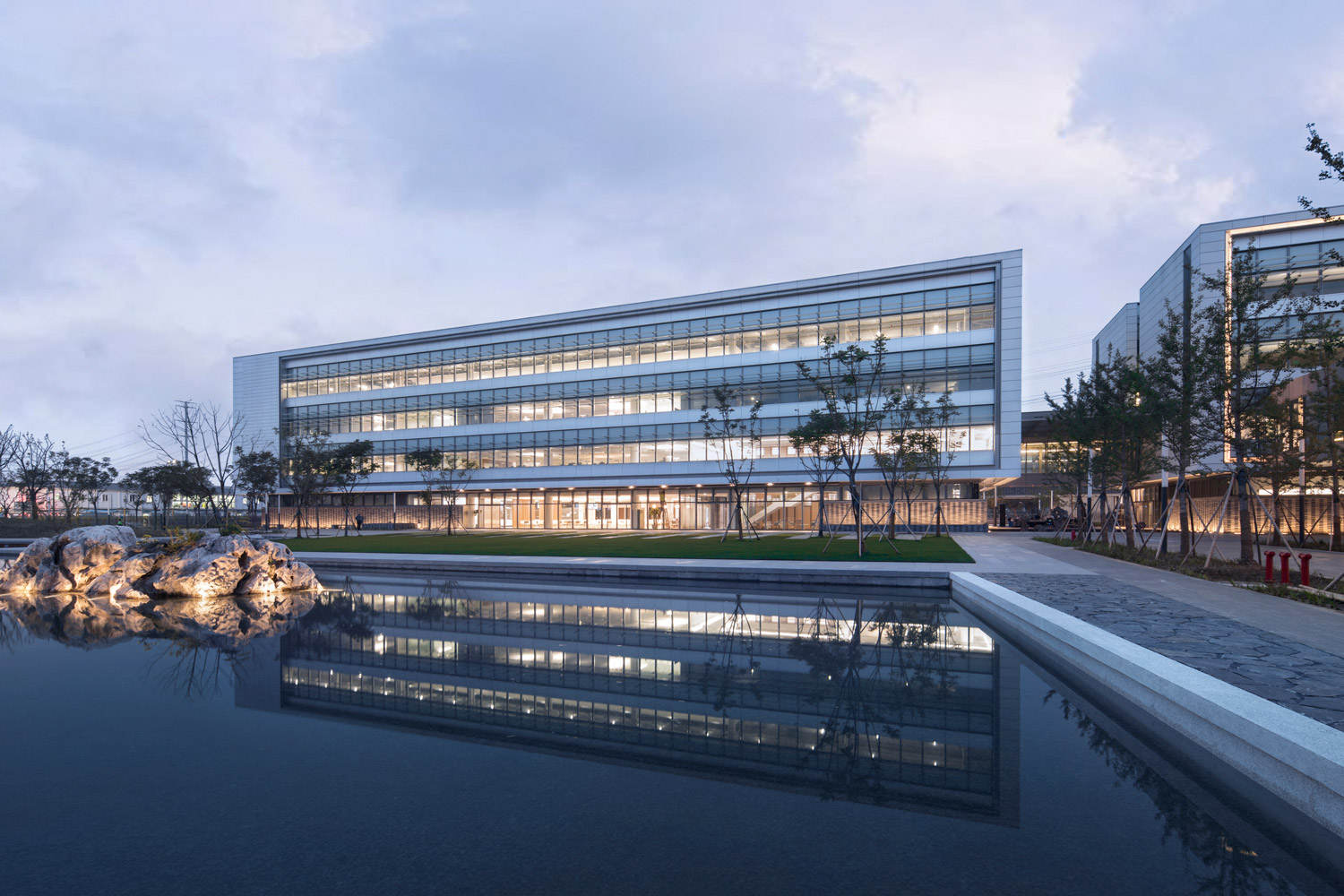
Selectively illuminate pathways between the visual destinations and illuminate areas in the scene that contribute to create a continuous effective experience.
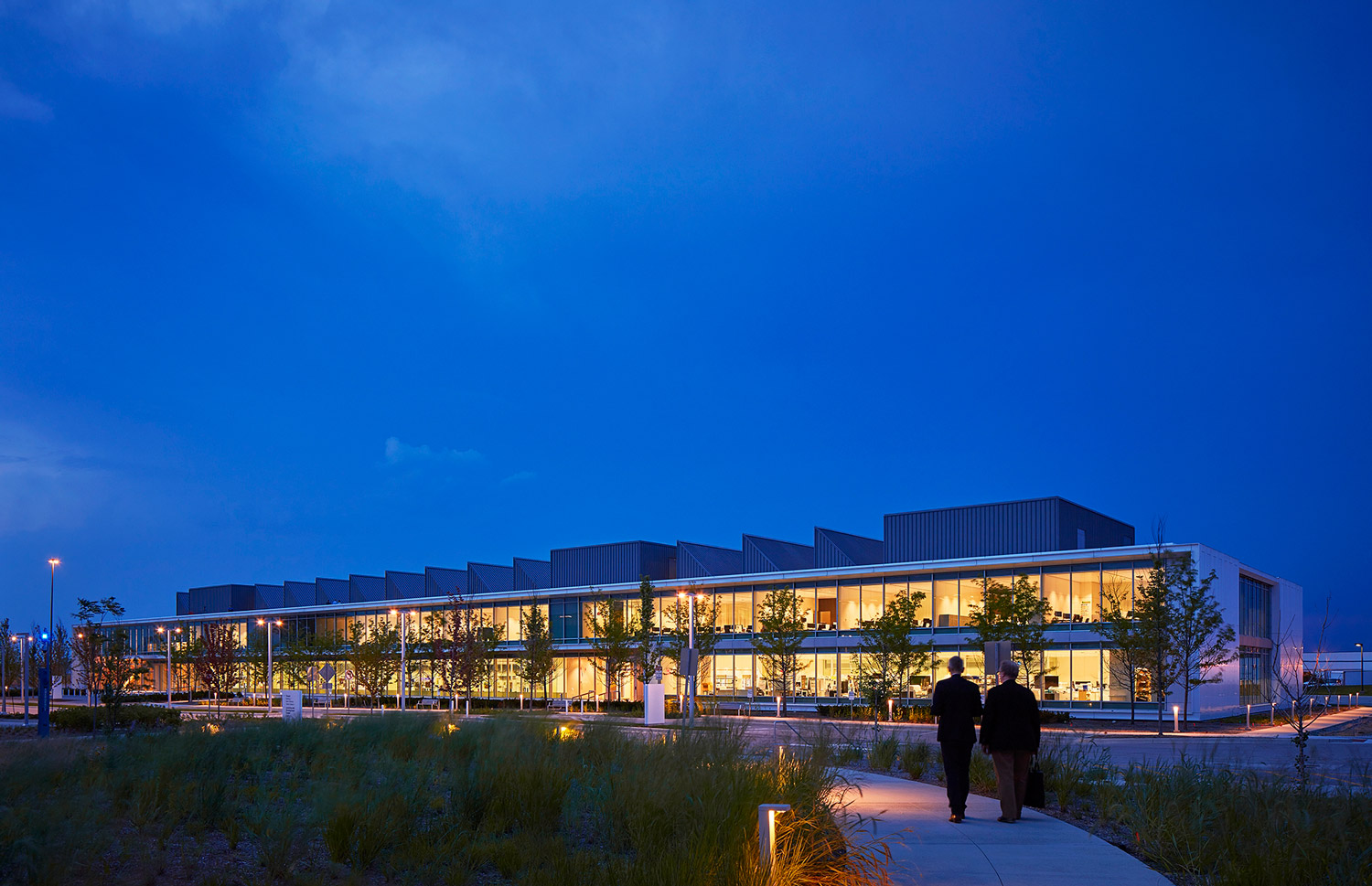
Lighting also helps in orientation and identification of steps and exclusion zones, entrances, routes, and emergency exit routes.
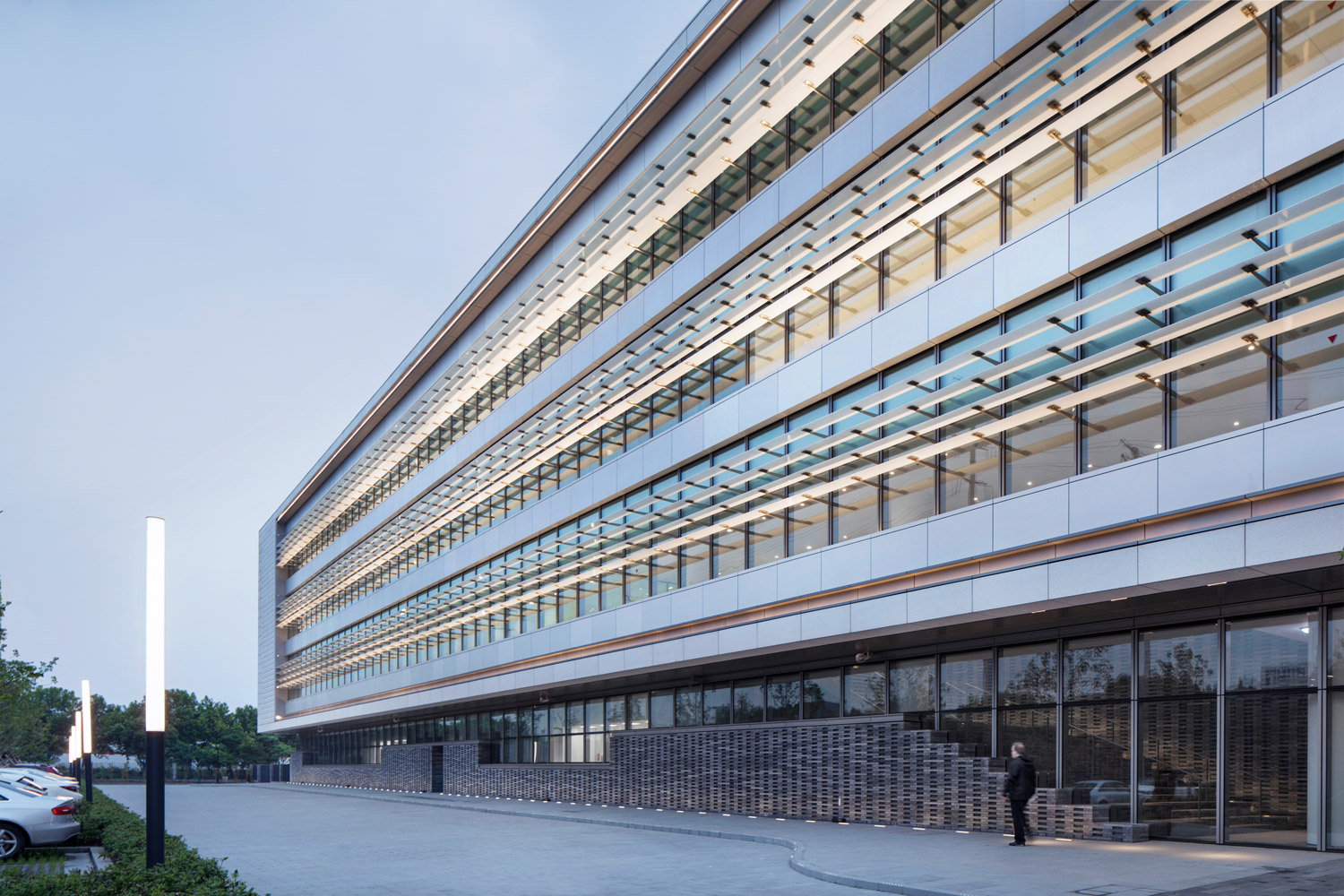
Support wayfinding with modest and efficient light fixtures with neutral shapes.
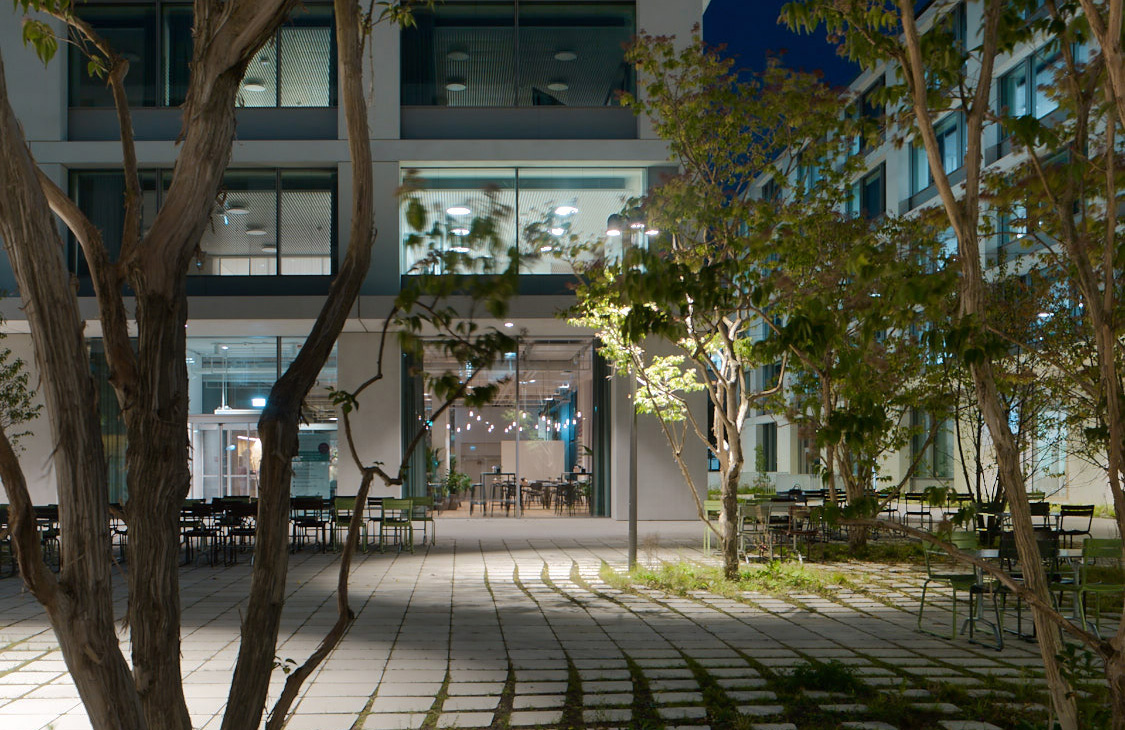
Light pollution can be controlled by minimising the amount of upward lighting.
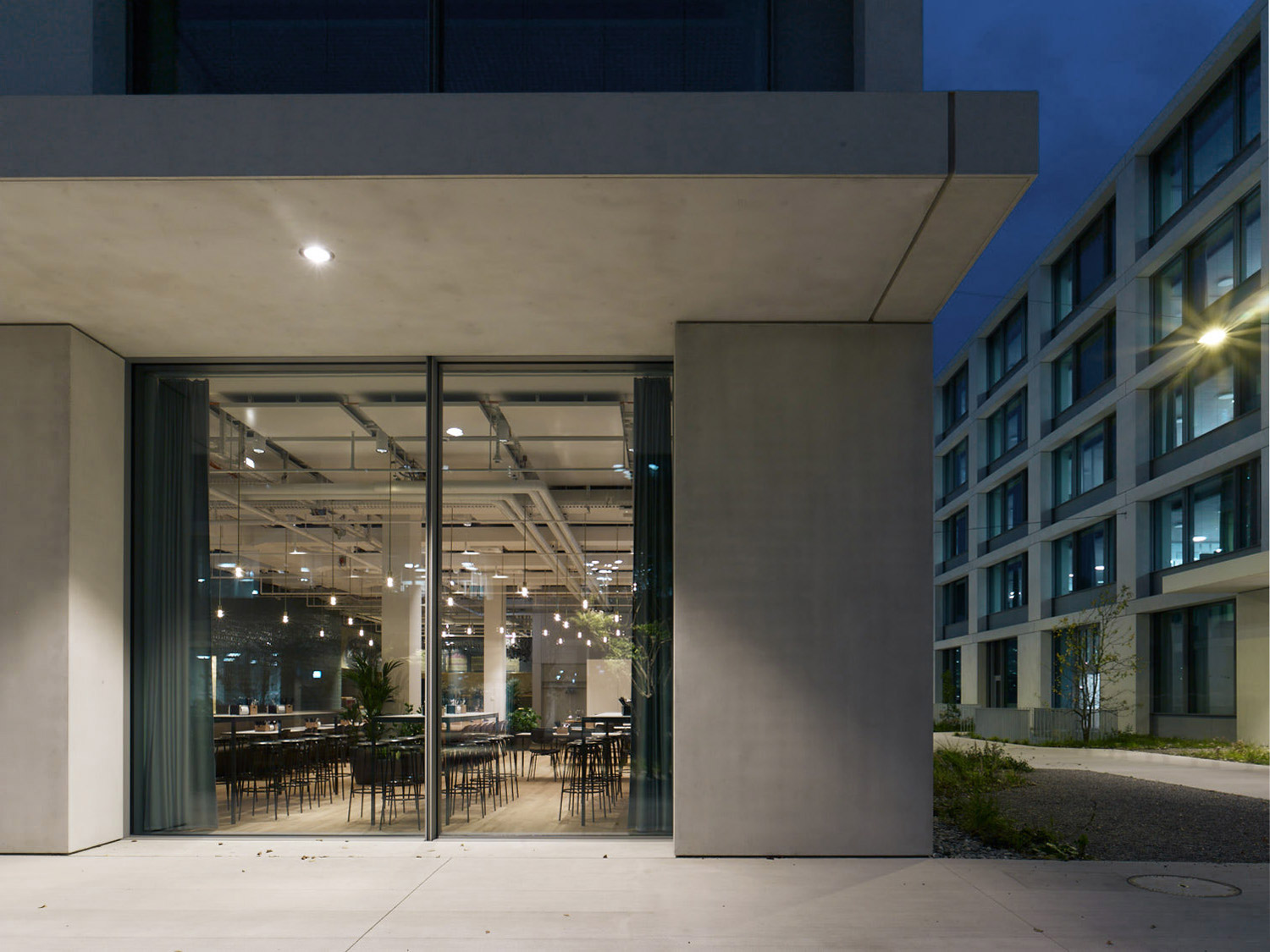
Keep in mind safety and security needs.
Don't
Don’t space focal points too far apart, as there should not be complete darkness between them.
Avoid a theatrical appearance produced by artificial lighting effects.
Don’t shed light everywhere. Drop the light level of landscape features to enhance and tie together visual destinations.
Minimise all-night lighting.
Key to Night-time experience
- Establish focal points and connect them to guide the viewer across the site.
- Create appropriate levels of lighting with uniform colour.
- Employ minimal and efficient light fixtures with neutral shapes to aid in way-finding.
- Avoid a theatrical appearance produced by artificial lighting effects.
- Minimize light pollution.